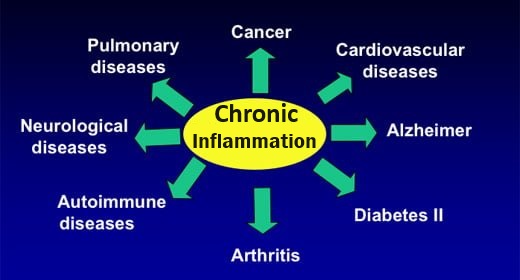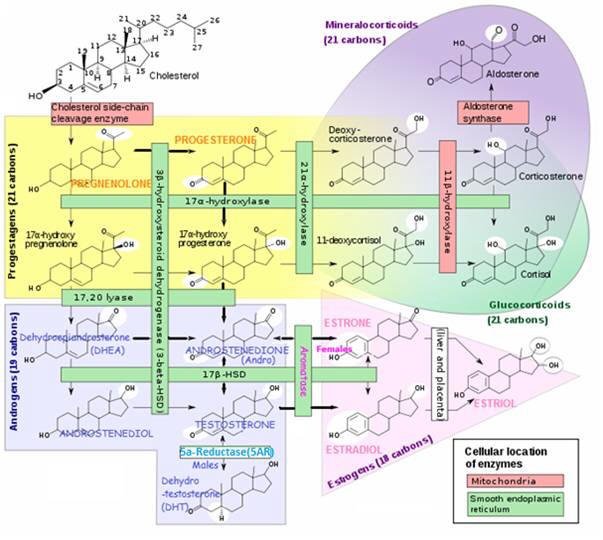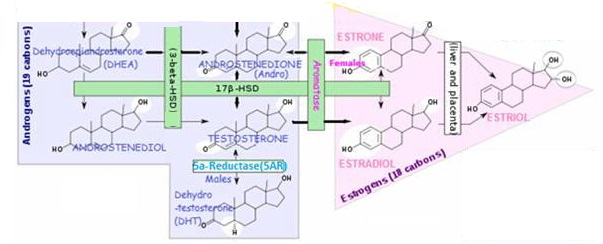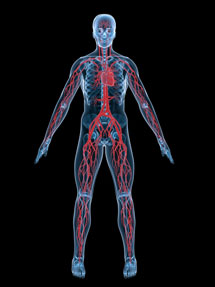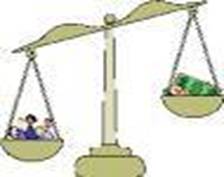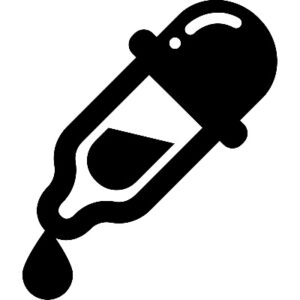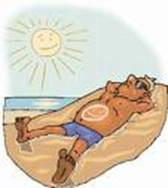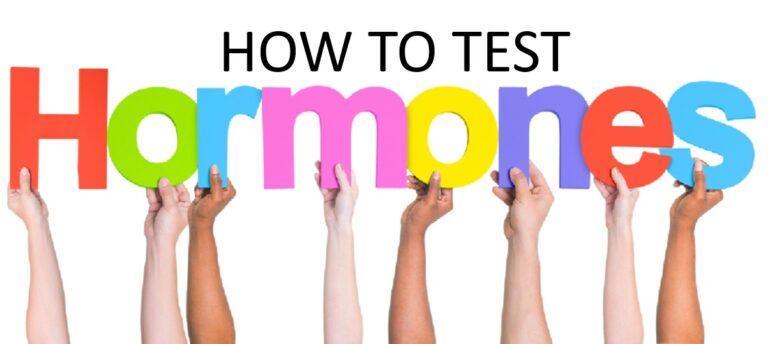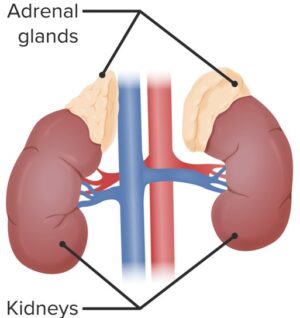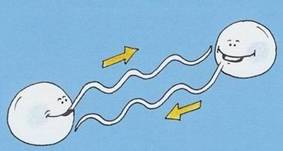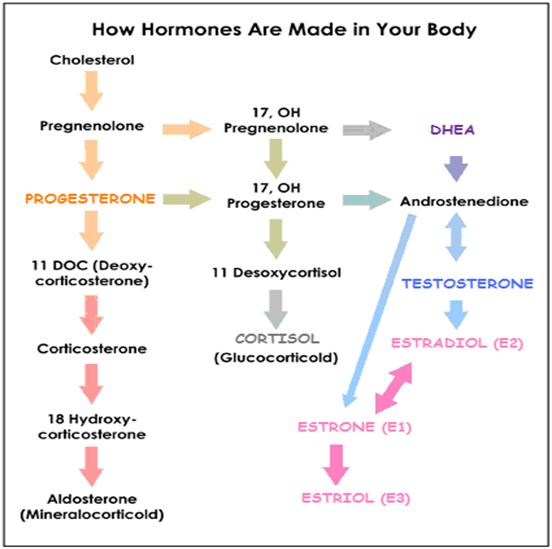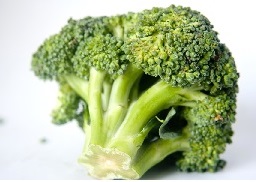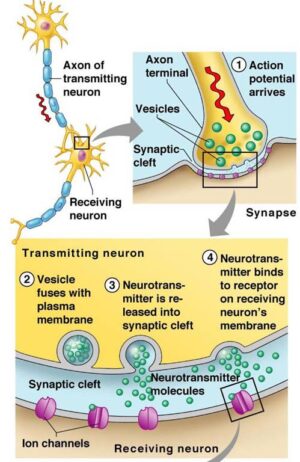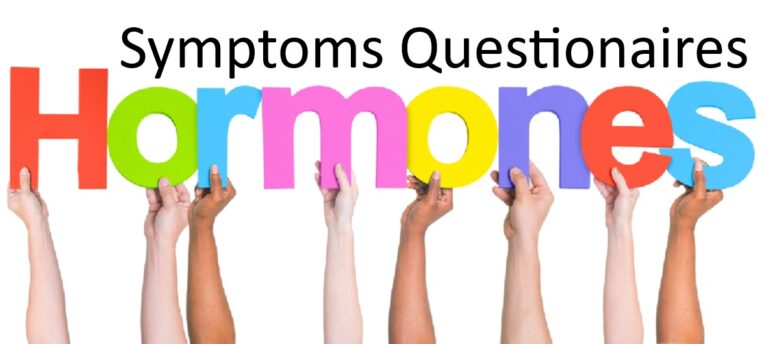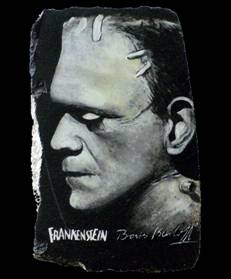Hormones 101 - "Feel good / Look good
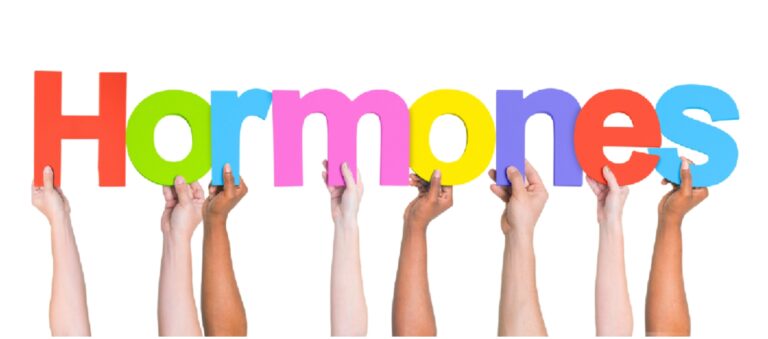
What do hormones do?
Derived from the Greek word 'hormao', hormone means to excite or stir into action
Hormones regulate the body’s biochemical reactions for everything the body does and makes. A balanced hormone presence will decrease the symptoms of aging (aging skin, memory loss, fatigue, aches /pains / stiffness, shortened life-span) and restore vitality, sexuality, a slim figure, a good attitude, healthier bones, a healthier heart, and a sharper brain.
Present in all multi-cellular organisms, a hormone is a “communication device”. In the form of a chemical messenger that transports a signal via the bloodstream from one or more cells to other cells in the organism, to affect a change in the receiving cells. Only a small amount of hormone is required. Different hormones work together to regulate many body functions, including:
- Mood / Stress response
- Tissue function
- Reproduction /Sexual function
- Growth and development
- Metabolism E.g. Mineral metabolism
Hormones must be in balance
When your hormones are in balance you will:
- Sleep well
- Have energy in abundance
- Have a strong sex drive
- Have an efficiently functioning immune and digestive system
Conversely, when your hormones become imbalanced, a number of symptoms can present, including:
- Adrenal fatigue
- Hypothyroidism and Hyperthyroidism
- Polycystic Ovary Syndrome (PCOS)
Most hormone imbalances develop over time as a consequence of lifestyle patterns. Only a few imbalances result from endocrine organ malfunctions.
- Chronic stress resulting in CORTISOL imbalance is often the culprit. Not only is CORTISOL the primary hormone for responding to stress, it is also primarily involved in helping your body convert food into energy, normalize blood sugar and maintain your immune system’s inflammatory response. Unbalanced CORTISOL also deregulates female hormones. Thus, for example, hormonal symptoms experienced by women before, during and after menopause are largely avoidable by attending to lifestyle choices that affect stress on the body.
- The response to stress that will interfere with hormonal balance is triggered by emotional, dietary or painful/inflammatory events. For example, work stress, financial worries, relationship problems, poor diet (e.g. too much sugar, refined carbs, processed food and damaged fats, not enough good fats, antioxidants and water), exposure to toxins.
Correcting a hormone imbalance requires an holistic, lifestyle approach before hormone replacement:
- Apply the NEWSTARTS protocol to your life
- In particular, address past and present emotional trauma. Using available “tools”, such as prayer and meridian tapping techniques (MTT)
- That done, ensure your adrenal hormones are in balance. Weakened adrenals will not allow your hormones to attain balance.
Having addressed the above issues, you could now consider some specific bio-identical hormone therapies

The endocrine glands
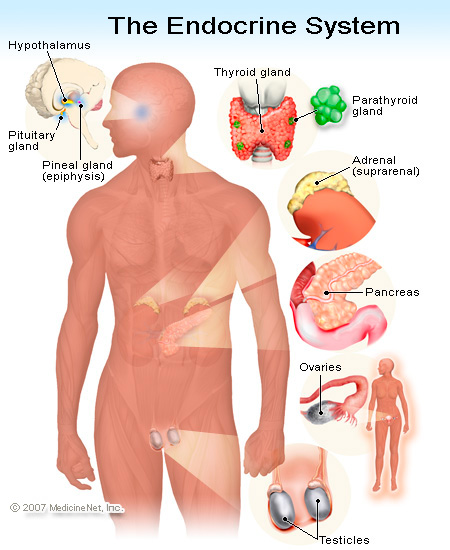
Endocrine tissues or glands contain specialized cells that synthesize, store, and release hormones directly into the bloodstream. In contrast, exocrine organs secrete their substances into ducts. However, there are a few exocrine organs that also have endocrine gland function, secreting hormones directly into the blood stream. E.g. the pancreas, kidneys, liver.
The endocrine glands are central to regulating and normalizing all the body’s interconnected systems. Of great significance, is a small gland in the brain, called the hypothalamus, which is the link between the endocrine and nervous systems.
- THE BRAIN sends messages to the hypothalamus . . .
- THE HYPOTHALAMUS then sends messages to the nearby pituitary gland (by secreting, so called, Releasing Hormones . . .
- THE PITUITARY then produces hormones that stimulate Target Glands . . .
- TARGET GLANDS then secrete their own hormones
A number of glands that signal each other in sequence are often referred to as an axis. E.g. the hypothalamic-pituitary-adrenal axis.
Hormone-producing cells produce one of three types of hormones:
Amines (water-soluble, produced from amino acids) – for example:
- Thyroid hormones – THYROXINE (T4), TRIIODOTHYRONINE (T3);
- Catecholamines – produced by sympathetic nervous system activation, they include EPINEPHRINE (ADRENALINE), NOREPINEPHRINE and DOPAMINE, controlling autonomic arousal, fight-or-flight stress response, and reward response.
Polypeptides E.g. pituitary ACTH, INSULIN, parathyroid hormone);
Steroids (fat-soluble, produced from cholesterol) -include
- Glucocorticoids: E.g. CORTISOL
- Mineralocorticoids: E.g. ALDOSTERONE; involved in sodium retention;
- Sex steroid hormones: Androgens (E.g. TESTOSTERONE), estrogens (E.g. ESTRADIOL) and progestagens (E.g. PROGESTERONE );
- Sterols: Vitamin D (E.g. CALCIDIOL, CALCITRIOL). Closely related, also considered steroid hormones).

Exocrine and endocrine organs / glands and their hormones
Exocrine organ / gland hormones
Some exocrine organs contain an endocrine gland portion and a duct portion
- Endocrine gland portion secretes hormones directly into the blood stream:
The pancreas secretes the hormones INSULIN, GLUCAGONs and somatostatin;
The liver secretes INSULIN-like growth factor hormones IGF-1 and IGF-2;
- Duct portion secretes substances via ducts that lead into the bodily environment external to the gland:
The pancreas secretes pancreatic juice to aid digestion;
Salivary glands secrete saliva.
The mammary glands produce milk, but no hormones.
Endocrine organ / gland hormones
| Endocrine organs / glands | Hormones Secreted | Target Organ | Hormone Function |
|---|---|---|---|
| Hypothalamus | GROWTH HORMONE -RELEASING FACTOR | Anterior pituitary | Causes release of GH. |
| GONADOTROPIN -RELEASING HORMONE(GnRH) | Anterior pituitary | Causes LH /FSH secretion by pituitary | |
| SOMATOSTATIN (SS) | Anterior pituitary | Inhibits GH | |
| CORTICOTROPIN-RELEASING HORMONE (CRH) | Anterior pituitary | Release of tropic ACTH | |
| DOPAMINE | Brain | Inhibits release of prolactin; important roles in behavior | |
| Pineal Gland | MELATONIN | Body | Controls circadian rhythms |
| Posterior Pituitary Gland | ANTIDIURETIC HORMONE (ADH) | Kidneys | Increases reabsorption of water |
| OXYTOCIN | Mammary glands | Stimulates release of milk | |
| Anterior Pituitary Gland (tropic hormones) | THYROID- STIMULATING HORMONE (TSH) | Thyroid | Secretion of T4 and T3 |
| ADRENO-CORTICOTROPIC HORMONE (ACTH) | Adrenal cortex | Secretion of glucocorticoids | |
| FOLLICLE- STIMULATING HORMONE (FSH) | Ovaries, testes | Regulates oogenesis /spermatogenesis Regulates development, growth, pubertal maturation, and reproduction processes; | |
| LUTEINIZING HORMONE (LH) | Ovaries, testes | Regulates egg development/ maturation and spermatogenesis | |
| Anterior Pituitary Gland | GROWTH HORMONE (GH) | Bone, muscle | Stimulates growth /development; stimulates protein production. |
| PROLACTIN (PRL) | Mammary glands | Milk production | |
| Parathyroid Glands (4) | PARATHYROID HORMONE | Bone | Affects bone formation and excretion of calcium and phosphorus; increases blood Ca2+ |
| Thyroid | TRIIODO- THYRONINE (T3), THYROXIN (T4) | General | Increases cellular metabolism; |
| CALCITONIN | Bone | Stimulates osteoblasts/bone construction; Lowers blood Ca2+ | |
| Thymus | THYMOSIN | Matures white blood cells | |
| Adrenal Glands (medulla) | EPINEPHRINE / ADRENALINE; NOREPINENPHRINE; DOPAMINE | Blood vessels, liver, heart, brain | Causes fight/flight Responses -increases blood glucose, constricts blood vessels. DOPAMINE, also produced by nervous tissue, is a neurotransmitter |
| Adrenal Glands (cortex) | Glucocorticoids (e.g. CORTISOL), mineralpcorticoids (e.g. ALDOSTERONE) | General, kidney | Increases blood glucose, increases reabsorption of Na+ and excretion of K+ |
| Sex steroids (E.g. TESTOSTERONE, DHT, Estrogen, PROGESTERONE | |||
| Pancreas (alpha cells) | GLUCAGON | Liver | Increases blood glucose |
| Pancreas (beta cells) | INSULIN | Liver, muscles, fat | Lowers blood sugar levels; stimulates glucose, protein, and fat metabolism; |
| Placenta | HUMAN CHORIONIC GONADOTROPIN (hCG) | Promote corpus luteum maintenance at beginning of pregnancy; Inhibit immune response towards embryo; | |
| CORTICOTROPIN-RELEASING HORMONE (CRH) | Determines length of gestation and timing of childbirth, when blood levels increase rapidly. | ||
| HUMAN PLACENTAL LACTOGEN (HPL); INHIBIN (fetal trophoblasts; RELAXIN; Estrogen (Mainly ESTRIOL) PROGESTERONE | Increase INSULIN and IGF-1 production. Suppress FSH. Similar to ovarian follicle estrogen. Supports pregnancy | ||
| Ovaries | Estrogen (Mainly ESTRADIOL) | Uterus, general | |
| PROGESTERONE | Uterus, + | ||
| TESTOSTERONE (~1/7 of men) | |||
| ACTIVIN | Enhances biosynthesis/secretion of pituitary FSH | ||
| INHIBIN | Down-regulates biosynthesis/ Inhibits secretion of pituitary FSH | ||
| RELAXIN | Produced by corpus luteum, believed to soften pubic symphysis | ||
| Testes | Estrogen | ||
| ANDROSTENEDIONE | |||
| TESTOSTERONE | Testes, general | Testicle development. Sperm Growth and maturation; Growth of Penis; Stimulates prepubescent facial / body hair growth and voice deepening and aids development of thick masculine muscles. | |
| Dht | A metabolite of TESTOSTERONE , the more potent DHT has an essential role in formation of male embryo’s external genitals, in the adult DHT acts as the primary androgen in the prostate and hair follicles (including women); DHT has significant roles in development of male secondary characteristics, also has role in prostate enlargement (BPH) /cancer; | ||
| PROGESTERONE | |||
| RELAXIN | Enhances sperm mobility | ||
| Adipose Tissue | LEPTIN (protein hormone) | Strong appetite suppressant, increases metabolism | |
| ADIPONECTIN, RESISTIN | |||
| Hair Follicles | Dht |
| Examples of Endocrine Organs that secrete hormones | |
|---|---|
| Organ | Secreted Hormones (or Hormone-like substances) |
| Stomach | GASTRIN, GHRELIN |
| Intestines | CCK, GIP, SECRETIN, MOTILIN,VIP, ENTEROGLUCAGON |
| Liver/other | IGF-1, IGF-2 |
| Kidneys | RENIN, EPO, CALCITRIOL, PROSTAGLANDIN |
| Heart | NATRIURETIC PEPTIDE (ANP, BNP) |
| Skeleton | OSTEOCALCIN (acts as a hormone) |
| Pancreas | INSULIN, GLUCAGON, SOMATOSTATIN |
| Salivary Gland | EPIDERMAL GROWTH FACTOR (EGF) |

Hormone Biology
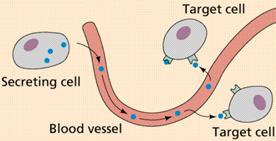
Mode of travel
Hormones travel through the human body via blood circulation
Another communication method in the body is the Nervous System. This system conducts electrically and so operates much faster, but does not have the longer-lasting effect of hormones
Target Cells and hormonal effects
Target Cells respond to a hormone if they contain the specific receptors for that hormone
The hormone binds to the receptor (like a key in a lock) to give the cell instructions (the activated response is called a signal transduction pathway) specific to the cell type.
(1) Inside the cell. E.g. most steroid hormones enter the cell to initiate a slow process as they unite with either a receptor in the cytoplasm or the nucleus to form a hormone/receptor complex that:
(a) Has a genomic effect. Complex moves into the nucleus (if not already there), where it attaches directly to special DNA binding sites and affects gene transcription of hormone-responsive genes; an mRNA molecule is formed, which is transported to the cytoplasm , where proteins are synthesized to mediate the effect of the hormone. This cytoplasmic/nuclear interaction (classic pathway) takes minutes or hours.
(b) Has a non-genomic effect. Initiates a series of fast reactions in the cytoplasm and does not affect gene transcription.E.g. Estrogen can: (i) Trigger nitric oxide production, (ii) Flood the cell with calcium, or(iii) Initiate hormone release.
(2) On the cell surface. E.g epinephrine, norepinephrine and peptide hormones (“First messengers”) bind to a receptor on the membrane surface setting off a cascade of reactions, which proliferate “Second messengers”inside the cell, which affect existing proteins within the cell. Typically this process is much faster than those that bind to internal receptors and influence creation of new proteins (as in (1a) above)
Hormone effects are complex
- Different receptors within a cell can recognize the same hormone and trigger different actions
- Several cell types can recognize the same hormone and trigger action in a number of different tissues. Different tissue types may respond differently to the same hormonal signal. E.g. INSULIN triggers a diverse range of physiological effects.
- Different hormones and their receptors can trigger the same action (by the same biochemical pathway)
Hormone Receptors determine the level of response to a hormone
Hormone receptor locations
- Many hormone receptors are embedded in the plasma membrane (at the cell surface)
- Most hormone receptors for steroid and thyroid hormones are in the cytoplasm inside the target cell. To bind to these receptors, the hormones must cross the cell membrane forming a combined hormone-receptor complex.
Amplification /Suppression of hormone signal. A hormone-receptor complex formed in the cellular cytoplasm then moves across the nuclear membrane into the cell nucleus, where it amplifies or suppresses actions of certain genes affecting a cellular response of protein synthesis in muscles and bones.
Concentration of Hormone-Receptor complexes dictate the level of response to a hormone. These concentrations are determined by:
- Number of hormonemolecules. Available for complex formation (Usually the key factor);
- Number of receptor molecules. Available for complex formation;
- Binding affinity. Between hormone and receptor.












